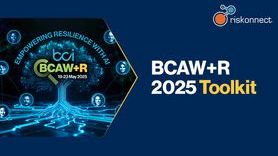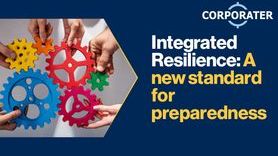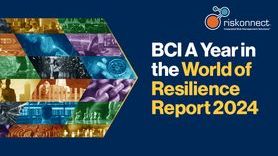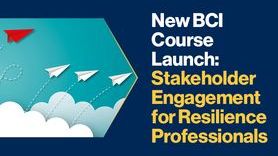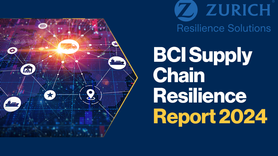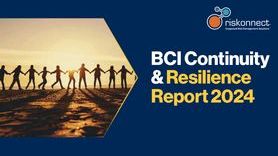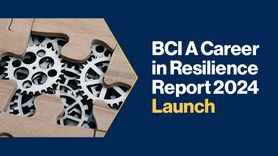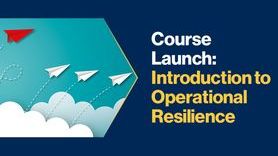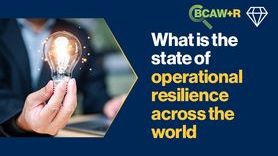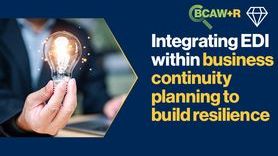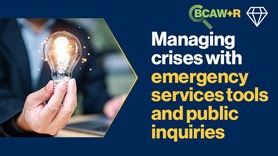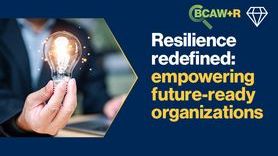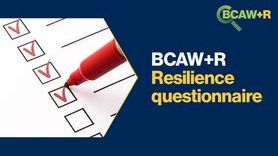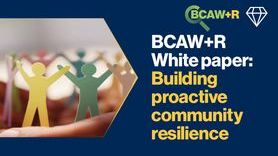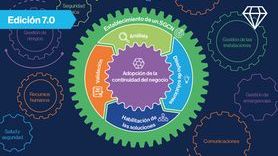Keys to build a stronger resilience culture through collaboration
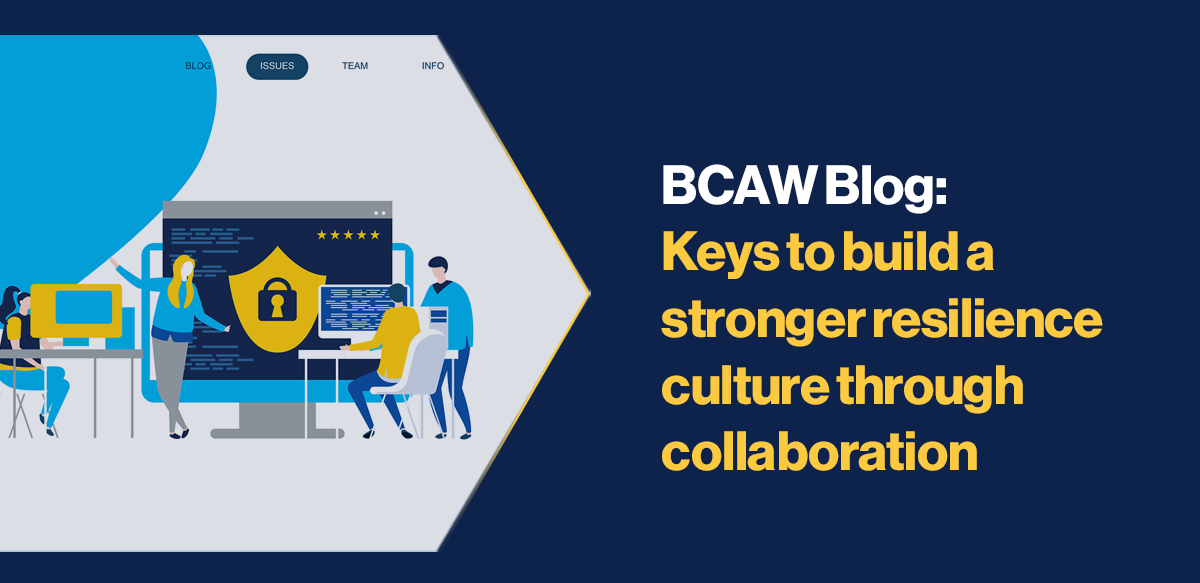
Our days have changed, as well as our way of working. This moment in which we live has allowed us to pause to appreciate what we have, and those around us, but also to change our vision... to reinvent ourselves. Now we ask how will Covid-19 affect the way I do my job? How can I help my organization to face the "new normal"? How can I contribute so that the organization can be resilient in the new environment we are experiencing?
As a Business Continuity professional, these are questions I have asked myself, because I know that this unprecedented event has forced us to change a lot of what we know and do so far. Companies have had to reduce their operations, their personnel; others have sadly ceased operations, the economies in the world have been impacted like never before. However, for companies that still stand, Covid-19 is an opportunity to show how important it is to create and maintain a culture of resilience in the organization.
Creating culture is not achieved overnight, it takes time, even years, to make it part of an organization's DNA. However, there is something to start with, and what better time than this?
Below, I will share some collaboration strategies with other teams that you can implement in your organization and that will help you create a resilient culture. Remember that resilience is a capacity that must be developed, which implies a transformation of the organization, but especially of its people, and that will allow it to be adaptable to the changing environment in which we live, ensuring its sustainability.
- Increase the value of having a Business Continuity Program: we know that the support of Top Management has an important impact on the values, behaviors and culture of an organization, and we must ensure that this support is maintained and even increases with the time. We achieve this by showing results; and one of the best ways to do this is through real cases, events that have happened in the company or the industry to which the company belongs and for which the operation could be continued without major impact. Similarly, at the organizational performance level, you can try to link the value of resilience with company´s KPIs and its behavior in events that have occurred.
- Create alliances with key stakeholders: for an organization to be resilient, it requires the intervention of many actors, internal and external to the organization, who takes part of the business life cycle. For this reason, it becomes vital that you identify who are the key stakeholders, those who must have the interest of guaranteeing the continuity of the organization. These actors could be the areas of: Internal Audit, Risks, Technology, Legal, Supplier Management, etc. Team up with them, get involved in activities they do but also support on the road to resilience. For example, with the Legal area, define with them standard clauses on business continuity and disaster recovery, crisis management, etc. to be included in supplier contracts. With the Risk area, align the risk management methodology so that it can be used to identify risks associated with resilience and business continuity too, etc.
- Create a group of agents for change in the organization: identify people in different areas of the organization, to be promoters of resilience or “Champions” and empower them with training and tools to be the spokespeople of the importance of being a resilient organization and encourage others to be part of that transformation
- Implement a communication program: Maintaining constant communication about what it means to be a resilient organization is important, but you must take into account all the audiences you want to reach. Define the type of information to be communicated to Top Management, Leaders, key stakeholders, collaborators in general, and establishes a frequency and means of delivery. If you are new communicating, take advantage of the company's internal communication team and the communication channels already known and available.
- Organize awareness activities for the entire organization: create a week dedicated to Resilience. Search if there is already a global date destined for it or define the date of celebration in your organization based on an event that has interrupted operations, and that allows you to relate it to the importance of being a resilient company. Include activities such as: webinars, contests, trivia, talks, visits in the areas and share relevant information on the company's intranet.
- Recognize and reward team´s performance: A culture of resilience requires a lot of work, which is reflected when an event happens that interrupts or affects business continuity and we act and recover quickly. However, in the meantime, that ability to be prepared must be periodically tested, continually revised and improved. It is in those moments where we can identify and recognize those who have gone the extra mile to strengthen the organization's resilience. You can define these recognitions together with the leaders of the areas and with Human Resources, including them within the general recognition program of the company. This attitude will encourage other teams to be more active in their role to guarantee the organization's resilience.
- Take advantage of technology to continue collaboration remotely: Considering that teleworking can gain a lot of ground from now on, we must find a way to make available the material and channels of collaboration with the areas. Use collaborative tools available in your company, to do live sessions sharing information by audiences, create groups and share files, references and case studies for analysis or create newsletters with real cases of the organization.
Which of all these strategies would you implement in your organization? Have you implemented any other strategy, and has it worked for you?
Author:
Ylenia A. Díaz C. - CBCP




